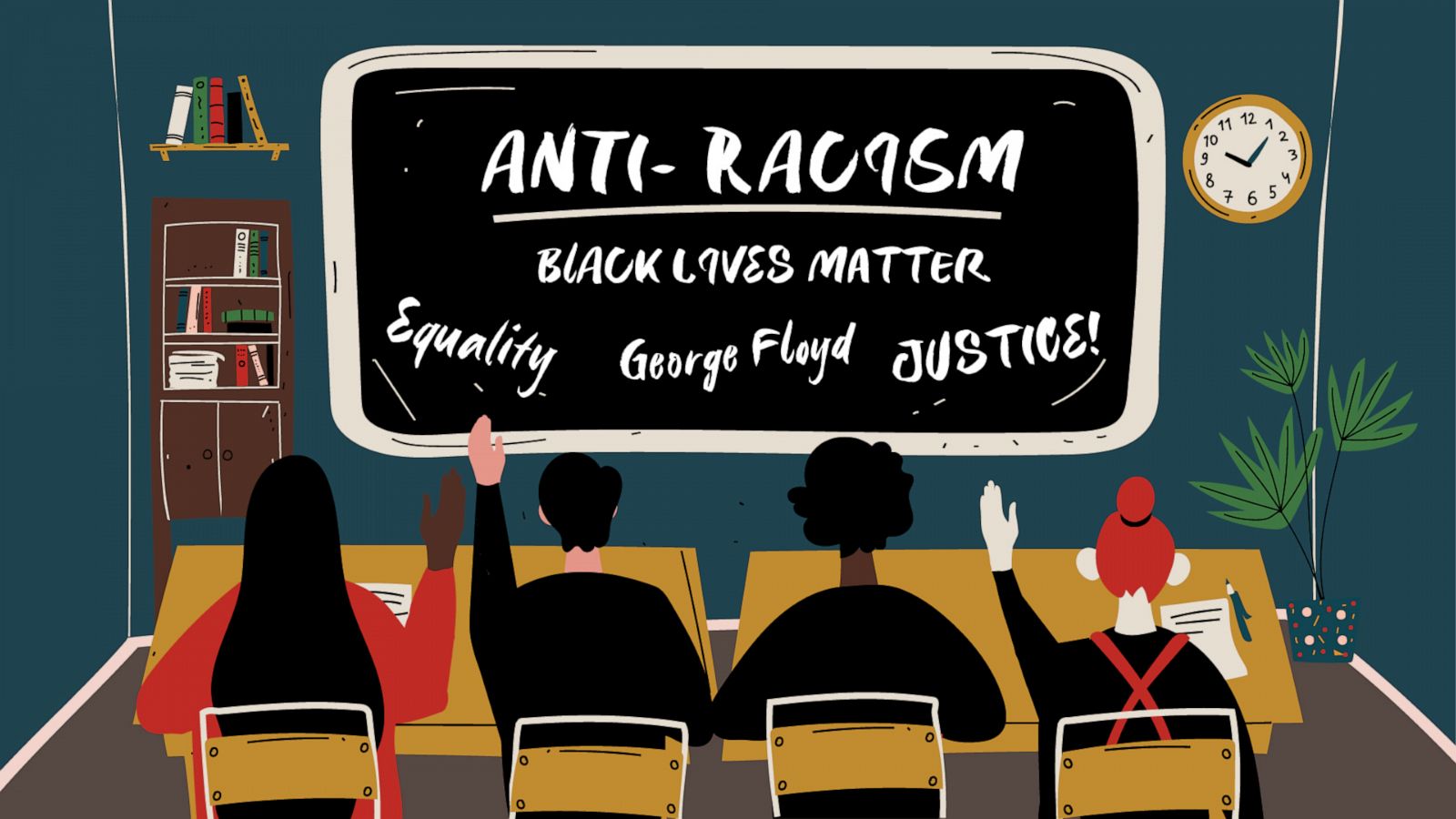I closed my laptop after the final class of DPI-385 “Race and Racism in the Making of the United States as a Global Power” and collapsed onto my couch. My first two weeks at HKS were a deluge of readings, films, podcasts, and discussions on the insidiousness of structural racism and white supremacy in the United States. I was mentally and emotionally exhausted. However, following a summer of global protests and a nationwide reckoning on racism in response to the unjust killings of George Floyd, Ahmaud Arbery, and Breonna Taylor, this course felt like it was coming at just the right time.
This summer – after sustained pressure from the HKS Equity Coalition’s Racial Equity Now campaign – Dean Elmendorf and the HKS administration required a course on race and racism for all MPP1 students. Initially, I saw the course as an opportunity to get all students, regardless of background, on the same page. I envisioned learning about housing affordability or education reform with my peers and with a common language and understanding of how Black people and other people of color were systematically excluded from partaking in the prosperity generously offered to white Americans.
However, that vision faded when I learned that HKS scheduled the course for only two weeks. How can professors teach students to thoughtfully engage with more than 400 years of complicated and pervasive history in just nine days? Even for the most astute students and talented professors, it’s a tall order. However, unlike statistics and economics, the history and legacy of white supremacy is conveniently left out of the U.S. education system at all stages. Therefore, the school must pay additional attention to this content if it is truly a priority and not just performative allyship.
Many of us came into the course with different experiences. Many of my classmates have not studied race and racism. Many more carry privilege in not having to consider how white supremacy negatively impacts their daily lives. For me and my fellow BIPOC (Black, Indigenous, and People of Color) classmates, the content of this course is our lived experience. Some class sessions were excruciating to sit through. Seeing images of Black suffering and death are not an academic exercise for me – they are visceral. The class offered opportunities to discuss and grapple with the content in smaller groups. Some of my classmates used these spaces to confront their relationship with anti-Blackness and white supremacy, but frankly, it is not a process I always want or need to be present for. The administration needs to consider the mental and emotional toll this content can take on BIPOC students and provide resources for support.
While I believe HKS is on the right track, more work is needed to establish anti-racism as the bedrock of its public policy curriculum. I offer three recommendations to the HKS administration for future iterations of this course:
- Make DPI-385 a required semester-long course for all HKS students
Teaching 400 years of the economic, political, and social policy maintaining white supremacy in the U.S. and across the world in two weeks is nearly impossible. This year we were only able to skim the surface. In the future, this course must be given the time it deserves, like other core courses in the curriculum, to allow for the full exploration of critical themes, historical events, and connection to current public policy. Also, all HKS students should take this course. White supremacy is far-reaching and affects nearly every policy issue in the U.S. and abroad. We need to fully equip all HKS graduates with this knowledge.
- Embed more opportunities for personal reflection within the course
White supremacy persists as a key fixture within our society. A significant part of dismantling it involves understanding our individual relationships and complicity in it. Without robust personal reflection, we will fail to see how structural racism intersects with our daily lives — for both BIPOC and non-BIPOC communities. Further, as future policymakers, we must comprehend how white supremacy and structural racism show up in our policy areas of interest from the environmental to foreign policy. Finally, becoming anti-racist is an active process, requiring constant learning and unlearning. It’s one step to know the history, it’s another to internalize and do something about it.
- Meaningfully engage all HKS faculty and staff on critical race theory through this course
I was surprised to learn that many faculty members were largely unaware of the content MPP1s covered in the DPI-385 course. Fundamentally, our class engagement with the core curriculum is different from that of previous classes. Logistically, it’s helpful to understand what students are learning in other classes to provide greater opportunities for meaningful overlap and re-emphasis of fundamental concepts. Institutionally, how can HKS truly become an anti-racist organization without also educating its faculty and staff? The administration should require a similar course to all affiliates of the school.
HKS has taken a symbolic first step in requiring the DPI-385 course for MPP students, but much more needs to be done in order to become an anti-racist organization.
